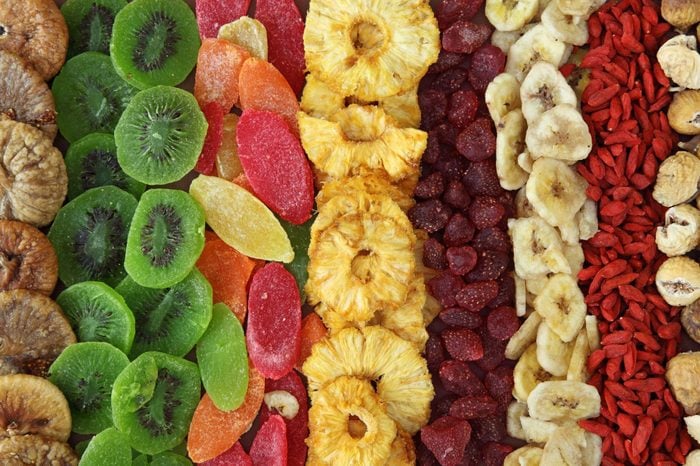
Sweetened Dried Fruit
While they may seem innocent, some dried fruits can be deceptively sweet. That’s because food manufacturers add white sugar after the drying process to counteract any bitterness. One-quarter cup of dried cranberries, for example, has 28 grams more sugar—the equivalent of a whopping seven teaspoons—compared to the same amount of fresh cranberries.
Check the ingredients on packaged dried fruit. Skip it when sugar is listed.
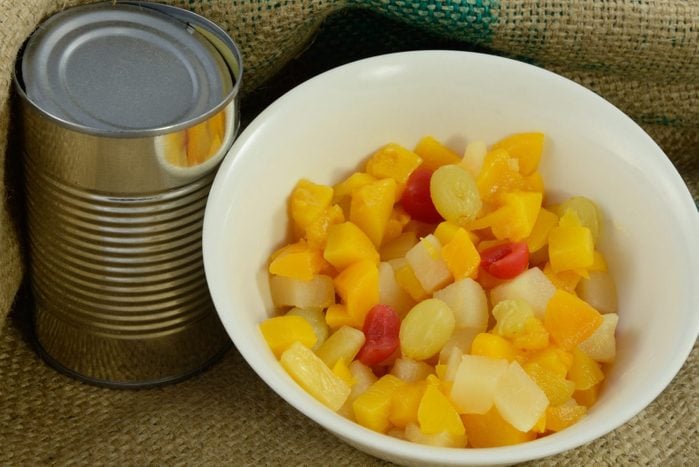
Fruit Cocktail
It’s not the peaches, pears, grapes, pineapple and cherries you that need to be wary of—it’s the corn syrup and sugar that’s added to most versions of canned fruit salad. This added ingredient can up the sugar by 33%! To avoid the extra rush, look for those that say “No sugar added” on the label or make your own high fiber fruit salad instead.
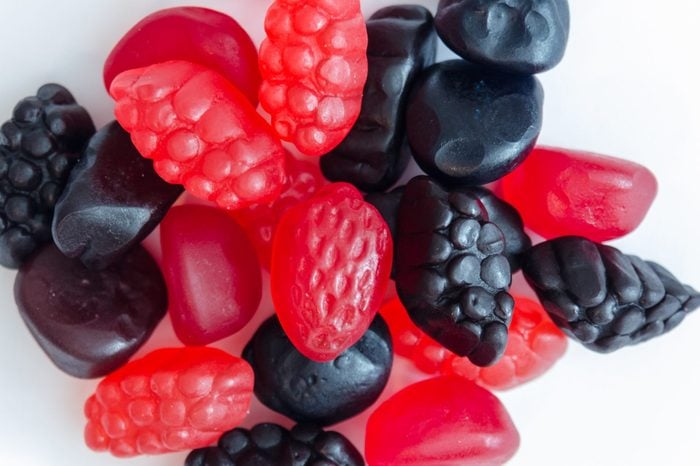
Fruit Snacks
Popular with kids, these candy-like gummies come in deceivingly cute fruit shapes. Yes, they contain some real fruit in the form of puree, but it comes alongside an added glucose-spiking trio of fruit juice, corn syrup and sugar. Another reason to avoid them: the sticky, waxy consistency makes the sugar difficult to remove from the crevices of teeth, leaving you more prone to cavities.
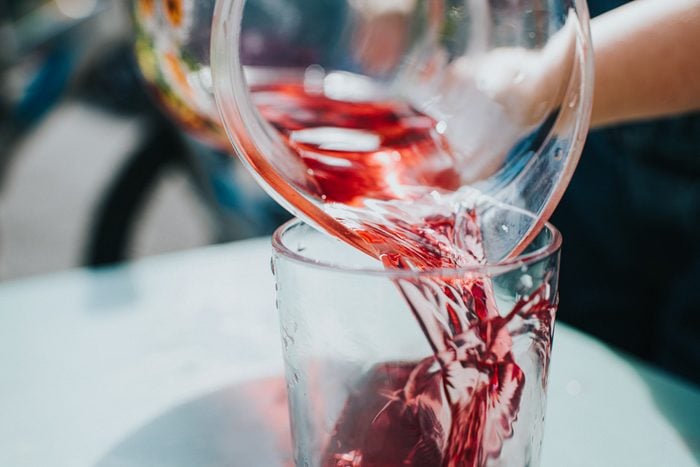
Fruit Juice
It’s true that fruit juices are often packed with good-for-you nutrients such as vitamin C and potassium. But that doesn’t mean they’re a great option for people with diabetes. The reason? Fruit juice—even the “100% real juice” and “no sugar added” kinds—are missing fiber, a slow-to-digest carbohydrate that helps dull rises in blood sugar. For a truly hydrating option, try fruit-infused water instead.
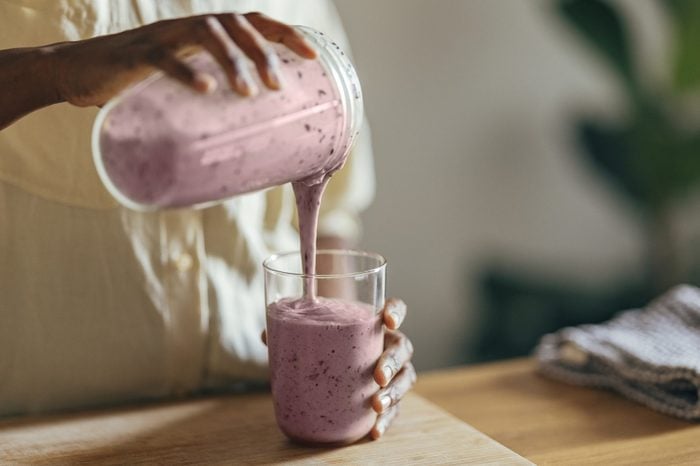
Fruit Smoothies
Unlike real fruit, these drinks usually contain zero blood-sugar-balancing fiber. That’s because most are made with water and natural sugar pulled from fruit, not the fibrous roughage. Bottled, premade versions can be even worse because manufacturers often add extra sugar, too.
To enjoy the benefits with the glucose spikes, blend a healthier smoothie at home using whole frozen or fresh fruit and sweetening with one-half of a banana (instead of juice or straight sugar) instead.
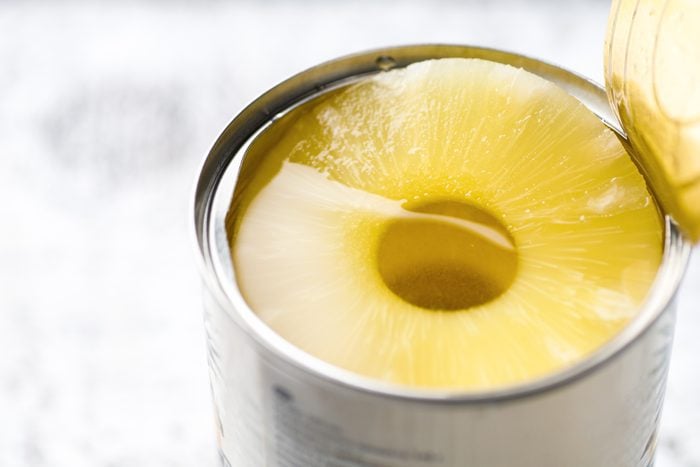
Canned Pineapple
If you opt for versions packed in syrup, you’ll get a whopping 27 grams of added sugar. People with diabetes have good reason to steer clear of pineapple canned in its own juice, too.
The reason? Fresh pineapple has almost 10 grams less sugar and nearly five times more vitamin C, which is linked to increased insulin sensitivity.
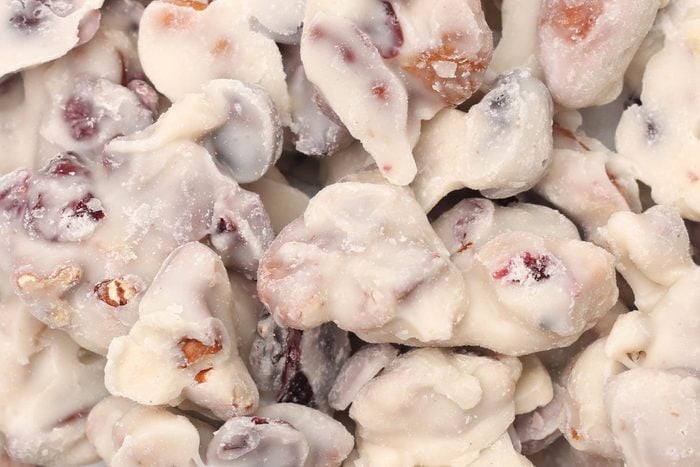
Yogurt Covered Fruit
It’s surprising because yogurt is packed with good-for-you nutrients and so is fruit; however, when these two foods are put together into snack food, manufacturers add corn syrup, sugar and palm oil. Unlike a bowl of fresh yogurt and fruit, these uber sweet treats can cause unnecessary rises in blood glucose, plus be a source of saturated fat which is linked to increases in cardiovascular disease.
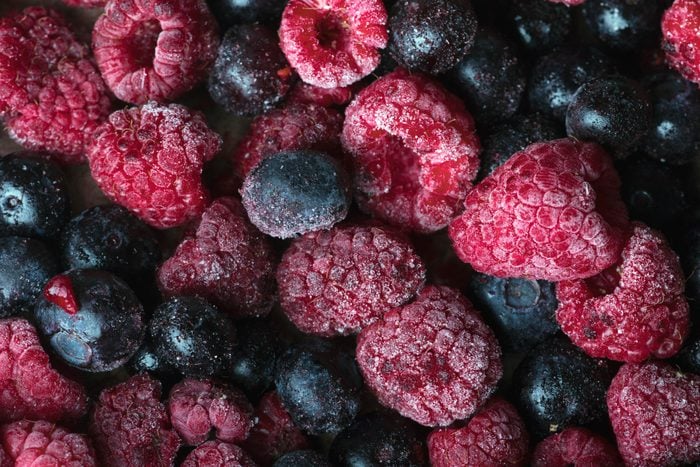
Frozen Fruit
Plucking bags of perfectly ripened fruit from the freezer aisle to make frozen fruit recipes can be a great idea. Unlike fresh fruit, it’s harvested at peak season and flash frozen, which means it maintains maximum nutrients. However, some manufacturers add extra sugar to the mix before freezing, so double-check the label. Then choose a brand where fruit is the only ingredient.
